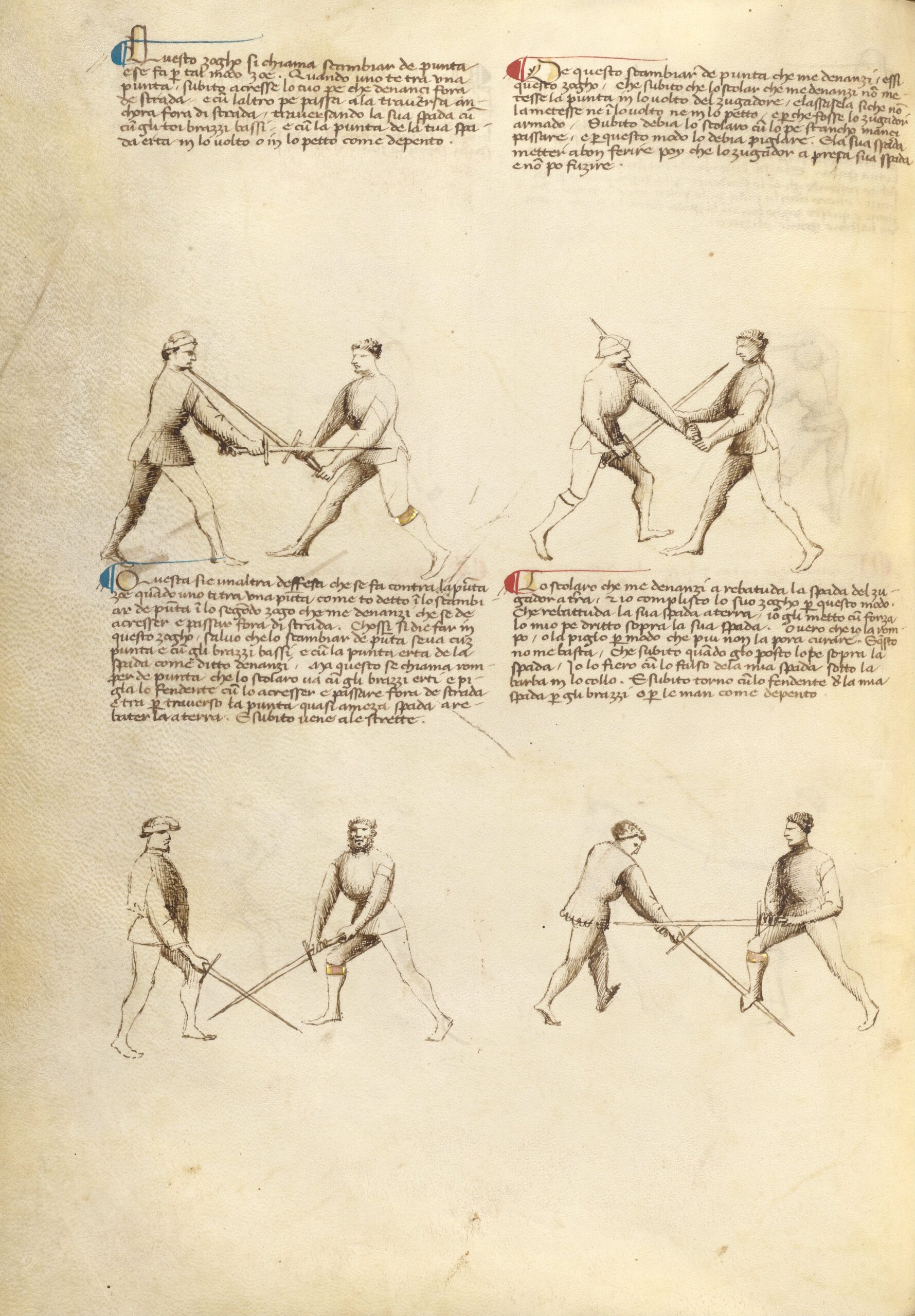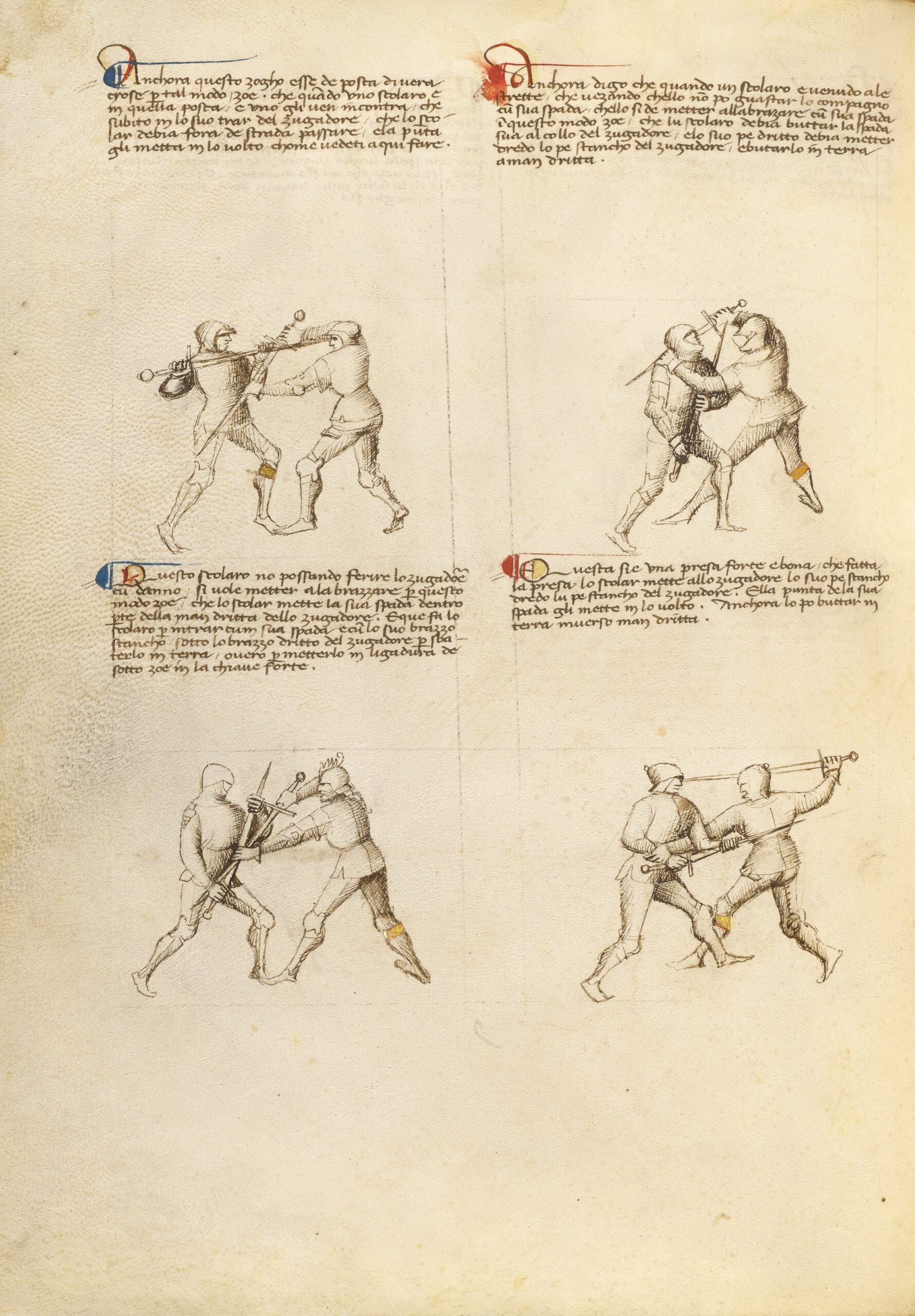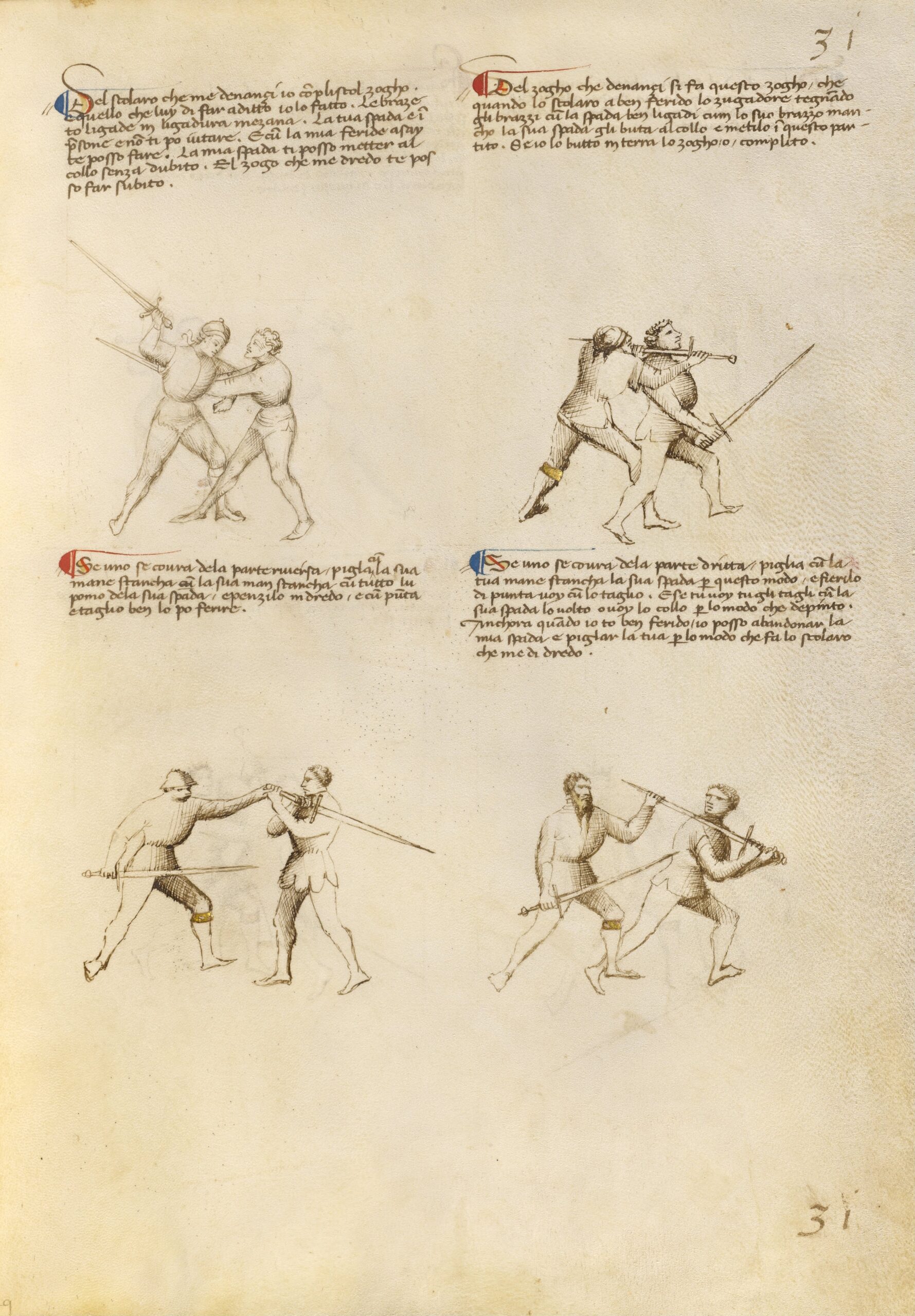[Most Recent Entries] [Calendar View]
Monday, May 17th, 2021
| Time | Event |
| 8:00a | The Cicadas Return After 17 Years: Stunning Footage of the Brood X Cicadas
Sing, fly, mate, die. The periodical cicadas in Brood X are emerging from underground, where they have spent the last 17 years as nymphs. They are making the final climb of their lives, intent on escaping their carapaces in order to make more cicadas. And as always they are doing it en masse. Once free, they must quickly get the hang of their brand new wings, and make for the trees, where the males will sing (some say scream) in a bid for females with whom to mate. The pregnant females drill cavities into narrow branches to receive their eggs. By the time the larva emerge, some six weeks later, their mothers and fathers are long dead. Instinct propels these babies to drop to the ground and burrow in, thus beginning another 17 year cycle, a process Samuel Orr, a time lapse photographer and filmmaker specializing in nature documentary, documents in macro close up in Return of the Cicadas, above. His adventures with Brood X date to their last emergence in 2004, when he was a student at Indiana University, working in a lab with a professor whose area of expertise was cicadas. While waiting around for Brood X’s next appearance, he traveled around the country and as far as Australia, gathering over 200 hours of footage of other periodical cicadas for an hour long, Kickstarter-funded film that aired on PBS in 2012. Brood X has a way of ensuring that we humans will also observe a 17 year cycle, at least those of us who live in the states the Great Eastern Brood calls home. Some celebrate with commemorative merch. This year, that means face masks as well as an ever burgeoning assortment of t-shirts, mugs, and other paraphernalia. Also new this year, Cicada Safari, entomologist Dr. Gene Kritsky’s smartphone app for citizen scientists eager to help map the 2021 emergence with photos and location. There are some among us who complain about the males’ lusty chorus, which can rival garbage disposals, lawn mowers, and jackhammers in terms of decibels. Those concerned with the planet’s health can use the data from this and past emergences to discuss the impact of climate change and deforestation. Brood X is listed as “Near Threatened” on the International Union for Conservation of Nature’s Red List. Some of us are moved to write poetry and songs, though we don’t always get the species right — witness Ogden Nash’s Locust-Lovers, Attention! (1936) and Bob Dylan’s Day of the Locusts (1970). Inevitably, there will be articles about eating them. It’s true that they’re a hyperlocal source of sustainable protein, albeit one that’s rarely on the menu. (The Onondaga Nation celebrates — and ceremonially samples — Brood VII every 17 years, crediting the insects with saving their ancestors from starvation after the Continental Army destroyed their villages and food sources in 1779.) Human nature is such that we can’t help but reflect on the twists and turns our lives have taken over the last 17 years. A woman in Maryland planned a cicada themed wedding to coincide with Brood X’s 1987 emergence, having been born two emergences before, and graduated from Bryn Mawr during the 1970 emergence, as 50 miles away, Bob Dylan was having his fateful encounter on the campus of Princeton. Most of us will find that our milestones have been a bit more accidental in nature. Brood X’s emergence also serves as a lens through which to view 17 years in the life of our country. The Onion took this to the edge several years ago with an article from the point of view of Brood II, but it’ll be hard to top the 17-year chunk of recent history Brood X and the humans who have been living atop them since 2004 will have to digest. Speaking of history, Brood X Mania has been around much longer than any of us have been alive, and probably predates a Philadelphia pastor’s description of the 1715 emergence in his journal (though we’ll give him FIRST!!! since no earlier accounts have surfaced). Prior to the Internet, entomologist Charles L. Marlatt’s The Periodical Cicada: An Account of Cicada Septendecim, Its Natural Enemies and the Means of Preventing Its Injury (1907) was the go to source for all things cicada related, and it remains a fascinating read. In addition to lots of nitty gritty on the insects’ anatomy, habits, diet, and habitat, he quotes liberally from other cicada experts, from both his own era and before. The anecdotal evidence suggests our obsession is far from new. These days, anyone armed with a smartphone can make a recording of Brood X’s cacophony, but back then, experts in the field were tasked with trying to capture it in print. Professor Charles Valentine Riley compared the sound early in the season, when the first males were emerging to the “whistling of a train passing through a short tunnel” and also, “the croaking of certain frogs.” (For those needing help with pronunciation, he rendered it phonetically as “Pha-r-r-r-aoh.”) Professor Asa Fitch’s described high season in New York state, when a maximum of males sing simultaneously:
Marlatt himself worried, prematurely but not without reason, that the march of civilization would bring about extinction by over-clearing the densely wooded areas that are essential to the cicadas’ reproductive rituals while offering a bit of protection from predators. Dr. Samuel P. Hildreth of Marietta, Ohio noted in 1830 that “hogs eat them in preference to any other food” and that birds were such fans “that very few birds were seen around our gardens during their continuance and our cherries, etc, remained unmolested.” Dr. Leland Ossian Howard was erroneously credited with conducting “the first experiments of cicada as an article of human food” in early summer 1885. Marlatt reproduces the account of an eyewitness who seemed to fancy themselves a bit of a restaurant critic:
We leave you with the thoughts of Dr Gideon B. Smith of Baltimore, whose attempt to capture a mercurial month turns bittersweet, and all too relatable:
Related Content: Sounds of the Forest: A Free Audio Archive Gathers the Sounds of Forests from All Over the World Ayun Halliday is an author, illustrator, theater maker and Chief Primatologist of the East Village Inky zine. Welcome back, Brood X Overlords! Follow her @AyunHalliday. The Cicadas Return After 17 Years: Stunning Footage of the Brood X Cicadas is a post from: Open Culture. Follow us on Facebook and Twitter, or get our Daily Email. And don't miss our big collections of Free Online Courses, Free Online Movies, Free eBooks, Free Audio Books, Free Foreign Language Lessons, and MOOCs. |
| 11:00a | Watch Accurate Recreations of Medieval Italian Longsword Fighting Techniques, All Based on a Manuscript from 1404 Given recent events, the prospect of hundreds of young men meeting on Facebook, then traveling from around the country to a central U.S. location might sound like reasonable cause for alarm. Yet a recent convention fitting that description had nothing to do with political violence but, rather, a celebration and appreciation of the name “Josh” (full disclosure: this writer did not attend). The gathering of the Joshes this past April in Nebraska could not have been more peaceful, including its finishing battle royale, conducted with pool noodles. (Winner: adorable 4-year-old Josh Vinson, Jr., or “Little Josh,” from Lincoln, NE). The Joshes had no concern for proper pool-noodle-wielding technique, if there is such a thing. But groups of people who gather around the country to stage medieval-style battles in live-action role playing (LARP) games with weapons both real and fake might benefit from pointers. So, too, might those who choreograph sword fights on stage and screen. Where can serious historical re-creators learn how to wield a real blade in historically accurate combat? One resource can be found at Wiktenauer, a wiki devoted to collecting “all of the primary and secondary source literature that makes up the text of historical European Martial arts (HEMA) research.”
The Fior di Battaglia (“Flower of Battle”) — an Italian fencing manual by Fiore de’i Liberi dating from circa 1404 — offers richly- and copiously-illustrated demonstrations of medieval Italian longsword fighting techniques. In the original manuscript, seen here and at The Getty, “the illustrations are inked sketches with gold leafing on the crowns and garters,” notes the Wiktenauer entry. They dominate the text, which “takes the form of descriptive paragraphs set in poor Italian verse, which are nevertheless fairly clear and informative.” So clear, indeed, the brooding young men of Akademia Szermierzy — a Polish group that recreates medieval sword-fighting techniques — can more than convincingly mimic the moves in the video at the top.
Once they get going, after some requisite pre-fight rigamarole, it’s impressive stuff, maybe already familiar to modern fencers and certain members of the Society for Creative Anachronism, the LARP-ing organization of amateurs recreating everything from the Middle Ages and the Renaissance. But for those who think all live-action role-playing is the equivalent of the Battle of the Joshes (or off-brand Nazis running through the streets in homemade armor), the sheer ballet of historical sword-fighting may come as a surprise — and maybe inspire a few more people to pull on the doublet and hose. See more medieval sword-fighting recreations from Akademia Szermierzy here, and the full text of the Fior di Battaglia here.
Related Content: Renaissance Knives Had Music Engraved on the Blades; Now Hear the Songs Performed by Modern Singers A Hypnotic Look at How Japanese Samurai Swords Are Made The Last Duel Took Place in France in 1967, and It’s Caught on Film Josh Jones is a writer and musician based in Durham, NC. Follow him at @jdmagness Watch Accurate Recreations of Medieval Italian Longsword Fighting Techniques, All Based on a Manuscript from 1404 is a post from: Open Culture. Follow us on Facebook and Twitter, or get our Daily Email. And don't miss our big collections of Free Online Courses, Free Online Movies, Free eBooks, Free Audio Books, Free Foreign Language Lessons, and MOOCs. |
| 2:00p | Wildlife Is Now Thriving Again in Chernobyl–Even If Humans Won’t for Another 24,000 Years In Andrei Tarkovsky’s 1979 sci-fi film Stalker, a mysterious artifact renders a landscape called the Zone inhospitable for humans. As critics have often pointed out, a tragic irony may have killed the director and some of the crew a few years later. Shooting for months on end in a disused refinery in Estonia exposed them to high levels of toxic chemicals. Tarkovsky died of cancer in 1986, just a few months after the disaster at Chernobyl. “It is surely part of Stalker’s mystique,” Mark Le Fanu writes for Criterion, “that in some strange way, Tarkovsky’s explorations … were to ‘prophesy’ the destruction… of the nuclear power plant.” Tarkovsky did not see the future. He adapted a dystopian story written by brothers Arkady and Boris Strugatsky. “Certainly,” writes Le Fanu, “there were many things in the Soviet Union at that time to be dystopian about.” But the film inspired a video game, S.T.A.L.K.E.R.: Shadow of Chernobyl, which in turn inspired tourists to start “flocking to Chernobyl,” writes Katie Mettier in The Washington Post: “fans of the video game… wanted to see firsthand the nuclear wasteland they’d visited in virtual reality.” Ukraine may have succeeded, thanks to these associations, in rebranding Chernobyl for the so-called “dark tourism” set, but the area will not become habitable again for some 24,000 years. Habitable, that is, for humans. “Flora and fauna have bounced back” in Chernobyl, writes Ellen Gutoskey at Mental Floss, “and from what researchers can see, they appear to be thriving.” They include “hundreds of plant and animal species in the zone,” says Nick Beresford, a researcher at the UK Centre for Ecology and Hydrology. “Including more than 60 [rare] species.” Among the many animals to return to the area are “Eureasian lynx, brown bear, black storks, and European bison,” as well as elk, deer, boars, and wolves. Nearby crops are still showing high levels of contamination. According to the latest research, nothing that grows there should be eaten by humans. And as one might expect, “mutations are more common in Chernobyl’s plants and animals than in those from other regions,” Gutosky notes. But the harm caused by radiation pales by comparison with that posed by a constant human presence. Among the many species making their home in Chernobyl are the endangered Przewalski’s horses who numbered around 30 when they were “released into the Chernobyl Exclusion Zone and left to their own devices…. Now it’s estimated that at least 150 Przewalski’s horses roam the region.” The horrific, human-caused accident of Chernobyl has had the effect of clearing space for nature again. The area has become an unintended experiment in what journalist George Monbiot calls “rewilding,” which he defines as “[taking] down the fences, blocking up the drainage ditches, enabling wildlife to spread.” In order for the planet to “rewild,” to recover its biodiversity and rebuild its ecosystems, humans need to step away, stop seeing ourselves “as the guardians or the stewards of the planet,” says Monbiot, “whereas I think it does best when we have as little influence as we can get away with.” Tourists may come and go, but there may be no humans settling and building in Chernobyl for a few thousand years. For the species currently thriving there, that’s apparently for the best. via Mental Floss Related Content: Scenes from HBO’s Chernobyl v. Real Footage Shot in 1986: A Side-By-Side Comparison The Ruins of Chernobyl Captured in Three Haunting, Drone-Shot Videos Pretty Much Pop: A Culture Podcast #4 – HBO’s “Chernobyl”: Why Do We Enjoy Watching Suffering? Josh Jones is a writer and musician based in Durham, NC. Follow him at @jdmagness Wildlife Is Now Thriving Again in Chernobyl–Even If Humans Won’t for Another 24,000 Years is a post from: Open Culture. Follow us on Facebook and Twitter, or get our Daily Email. And don't miss our big collections of Free Online Courses, Free Online Movies, Free eBooks, Free Audio Books, Free Foreign Language Lessons, and MOOCs. |
| << Previous Day |
2021/05/17 [Calendar] |
Next Day >> |





